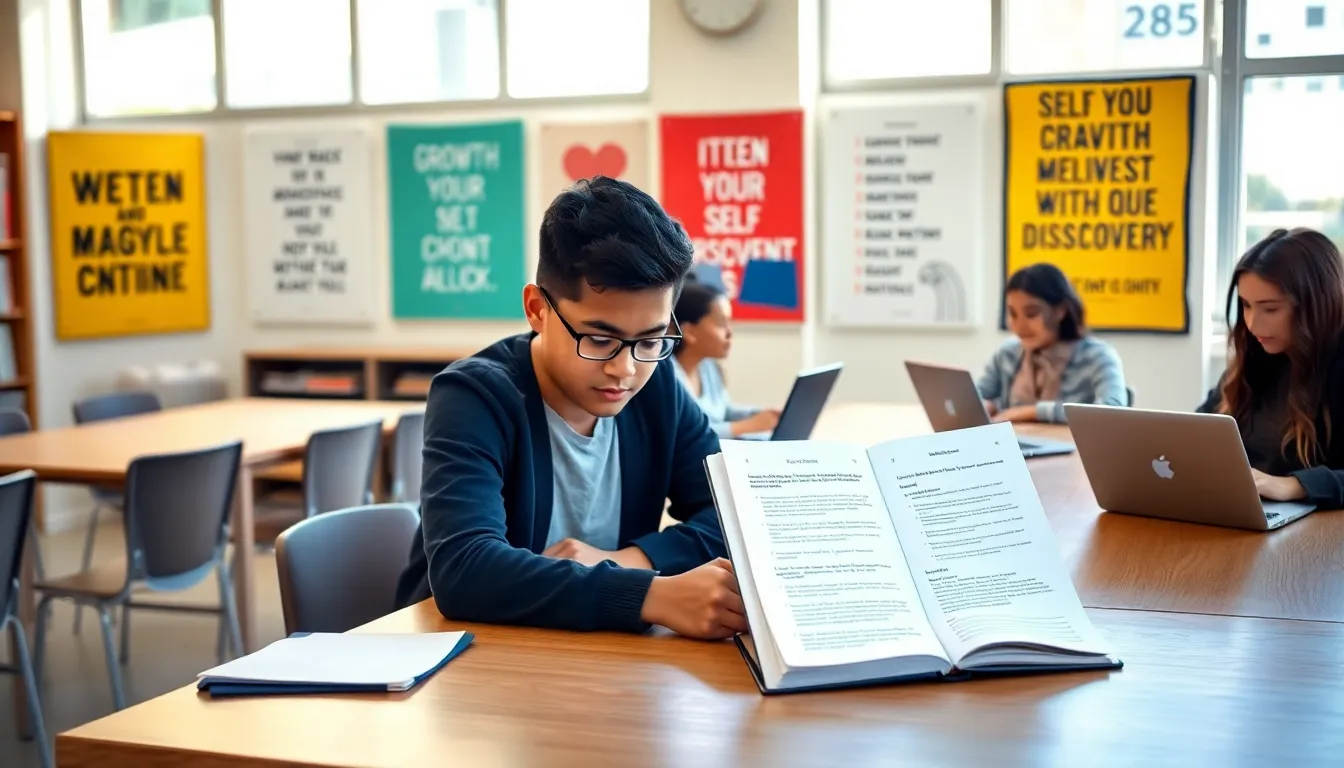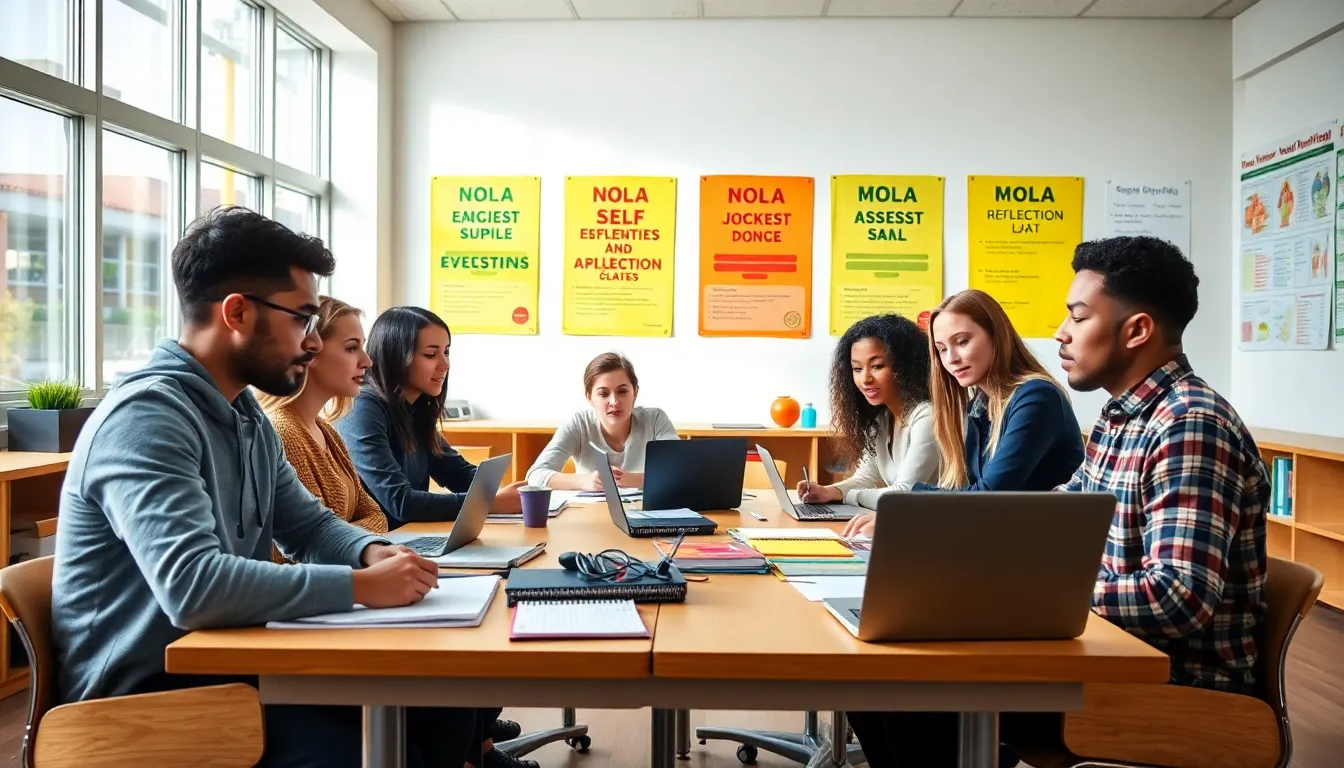Imagine this: a classroom where students aren’t just passive recipients of information, but active architects of their own learning journeys. Clarity and engagement might just skyrocket. Enter student self-assessment. While it sounds sophisticated, it’s simply a fancy term for the practice of reflecting on one’s own work and understanding. In this text, we’ll explore what self-assessment looks like, why it’s more important than ever, and how educators can weave this invaluable skill into the fabric of their teaching. Get ready to jump into a world where students take the reins of their education.
Student Self-Assessment

At its core, student self-assessment refers to the process of learners evaluating their own work, skills, and knowledge. This practice encourages students to reflect on their strengths and areas needing improvement. Through self-assessment, students develop a deeper understanding of their learning processes. It’s not about passing a test: it’s about fostering metacognition, the awareness and understanding of one’s own thought processes.
When students engage in self-assessment, they start asking questions such as: “What did I learn from this assignment?” or “How can I apply this concept in a real-world scenario?” This reflective thinking is crucial in developing not only critical thinking skills but also self-monitoring capabilities. Essentially, self-assessment empowers learners to take ownership of their educational journeys.
The Importance of Self-Assessment in Education
The importance of self-assessment in education cannot be overstated. For starters, it encourages independence and responsibility among students. When learners are given the tools to assess their own progress, they’re more likely to feel invested in their success. This engagement often leads to higher motivation and improved academic outcomes.
Also, self-assessment allows teachers to gain insights into their students’ understanding. Teachers can tailor their instruction to meet each student’s needs more effectively. In this symbiotic relationship, both students and teachers benefit greatly.
Also, fostering a culture of self-assessment can equip students with essential life skills. As they transition to adulthood, these skills will prove invaluable. The ability to self-reflect, set goals, and make adjustments in their approaches will set them up for success in both academic and non-academic pursuits.
Key Components of Effective Self-Assessment
For self-assessment to be effective, it must involve specific components. First and foremost, clarity in expectations is essential. Students need to know what they’re measuring against. Clear rubrics or criteria can help guide their self-evaluation.
Strategies for Implementing Self-Assessment
Strategies such as journaling or peer reviews can significantly enhance the self-assessment process. Keeping a learning journal encourages students to regularly reflect on their understanding and progress. Conversely, peer reviews foster collaboration and provide different perspectives on their work.
Tools and Resources for Self-Assessment
Harnessing technology can also be a game-changer in this realm. Platforms like Google Forms or dedicated applications designed for learning management can streamline the self-assessment process. Also, educators can create checklists or digital portfolios that students can fill out regularly to track their progress. These tools not only simplify the assessment but also make it more engaging.
Challenges and Considerations in Self-Assessment
While self-assessment offers numerous benefits, there are challenges that educators and students may encounter. For instance, students might struggle to be objective when evaluating their own work. There’s also the potential for overrating oneself, which can lead to stagnation in learning if not properly addressed.
Another challenge lies in the implementation aspect. Teachers must find a balance between guiding students and allowing them autonomy. This delicate dance requires training and ongoing support for both educators and learners. It’s essential to provide a framework that encourages honest self-evaluation while also celebrating achievements.
Best Practices for Encouraging Self-Assessment
To foster a culture of self-assessment, best practices need to be established from the outset. Integrating regular self-assessment check-ins within the curriculum is vital. By making self-reflection a routine part of the learning process, educators can help students embed these practices into their academic life.
Providing feedback is equally important. Consistent, constructive feedback allows students to recalibrate their self-assessments. Besides, creating a safe and supportive environment for students to express themselves during reflections builds confidence.
Educators should also model self-assessment in their practice. When teachers openly assess their work and share their learning experiences, it normalizes the process for students. Eventually, encouraging students to share their self-assessment reflections fosters a community of learners who support one another.

